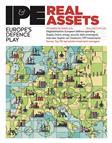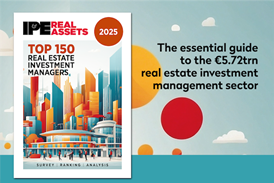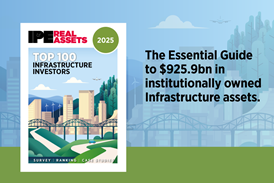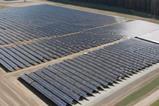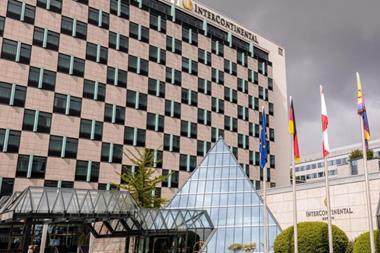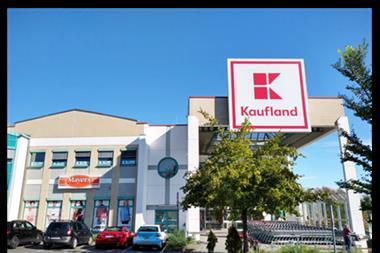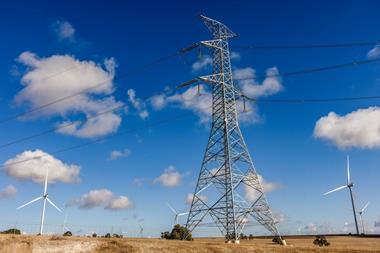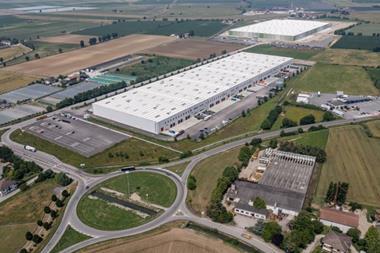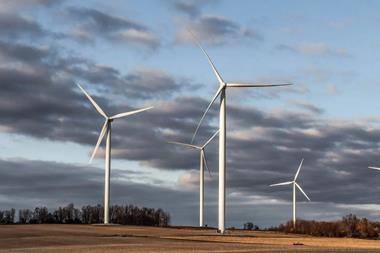Fundraising for non-listed real estate remained flat in 2024 – reaching €118bn compared with the €117bn recorded in the previous year – but an increase in investment activity suggests more capital is being deployed.
The Capital Raising Survey 2025, published by European real estate association INREV and its Asian and North American counterparts ANREV and NCREIF, revealed an increase in the proportion of capital raised that was invested between 2023 and 2024. In 2024, 40% of the total capital raised had already been invested, compared to 16% in 2023, representing a rise from €18bn to €48bn.
According to the report, Asia-Pacific has become a “substantially bigger player” both as a source of capital and as a region to invest in. Asia-Pacific strategies recorded €36bn of capital raised in 2024, up nearly 80% from 2023.
Iryna Pylypchuk, director of research and market information at INREV, said: “Whilst capital raising levels have remained largely unchanged compared to 2023, the latest survey results reveal some distinct changes to the global real estate investment landscape.
“Asia-Pacific’s rise to prominence is not surprising given that most investors in the region are still under-allocated to real estate and are seeking to diversify their portfolios into foreign markets and currencies. Concurrently, as perhaps the last region to the party in the global correction cycle, markets in the Asia-Pacific region look to have become increasingly attractive for investors from all domiciles.”
Capital raised for European strategies remained just under €29bn, around half of the €50-70bn annual range reported between 2015 and 2022, according to the survey.
Non-listed real estate funds and private real estate investment trusts (REITs) attracted the highest share of capital from European (55%) and North American (49%) investors.
“This reflects continuous appetite for the traditional investment vehicles in established markets,” the report said. “However, investors have moved away from global strategies in favour of regional funds.”
Pension funds and insurance companies account for just 42% of the total global capital raised in 2024, following a gradual decline of dominance over the last few years. Instead, the “other” category, comprising a range of non-traditional investors, has seen significant growth and now accounts for the largest share, at 34%, the survey showed.
“The decline in global strategies is also notable. I would not call it the end of globalisation, but it is most certainly a shift and may even result in a greater outflux of North American capital cross-regions. What we see is that investors and allocators have pivoted towards a bottom-up approach, globalising their portfolios through deployment into regional strategies which complement one another, which also provides more flexibility,” Pylypchuk said.
The survey also highlight greater fragmentation among investor groups. “The two traditionally dominant sources of capital – pension funds and insurance companies – have reduced their contributions,” said Pylypchuk. “Other, less traditional investors are growing in dominance and reflect changing world order and wealth, as well as the ongoing efforts by fund managers to explore alternative avenues for raising capital in challenging market conditions.
“Earlier over-allocation, coupled with turbulence in wider financial markets, may explain the current move by pension funds and insurance companies. But these investors are likely just biding their time.”
Pylypchuk said, overall, the survey results indicated a “rush towards safety”, as European and American investors have favoured traditional investment vehicles, providing a positive outlook for commingled real estate funds and private REITs.
“Asia-Pacific investors, on the other hand, showed a greater preference for separate accounts investing into indirect vehicles of investment, reflecting appetite for greater control.
“To what extent the nuanced real estate recovery might be derailed or accelerated off the back of what emerges as a new world order, both politically and economically, will not be clear for some time, possibly not until late 2025.”
To read the latest IPE Real Assets magazine click here.

